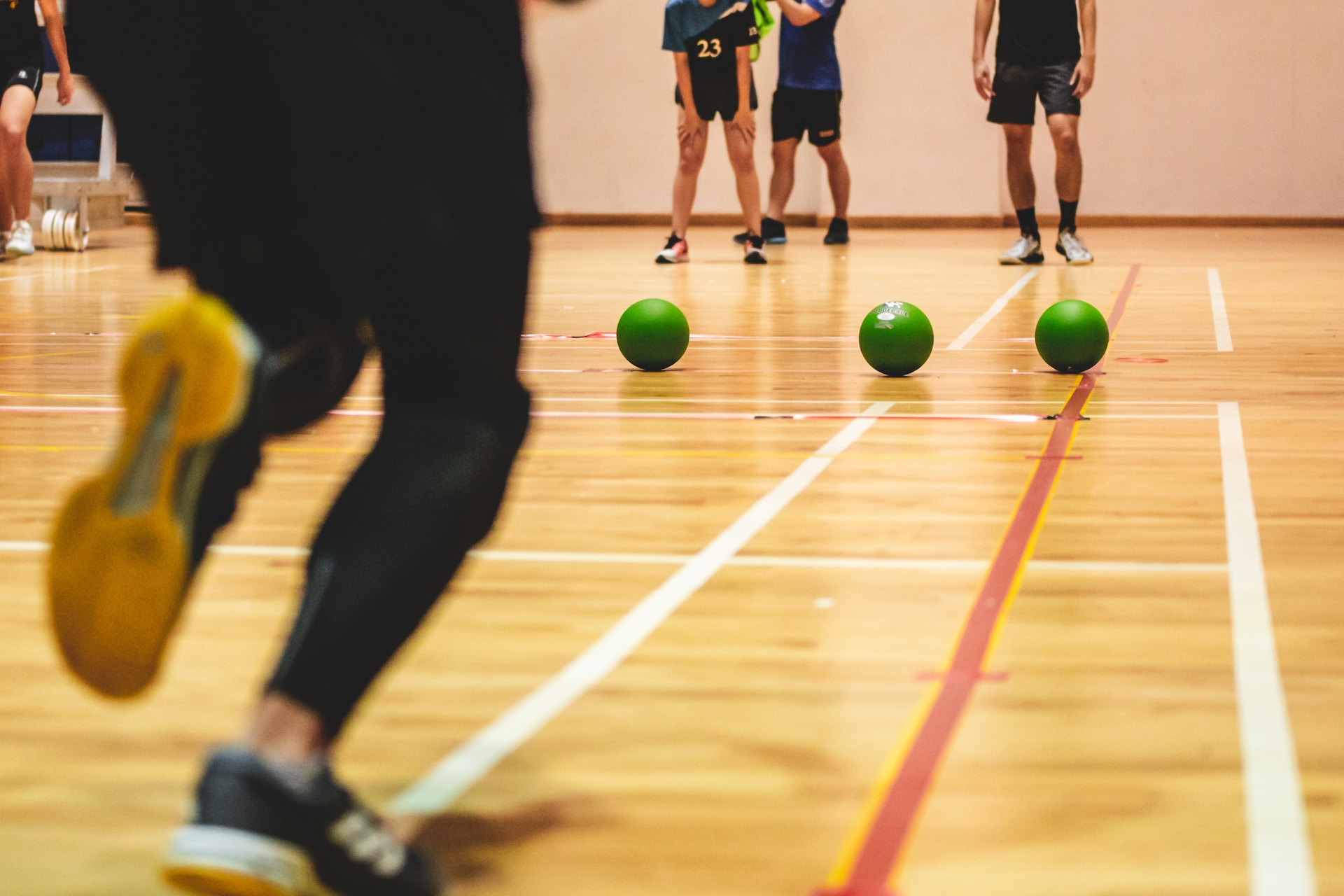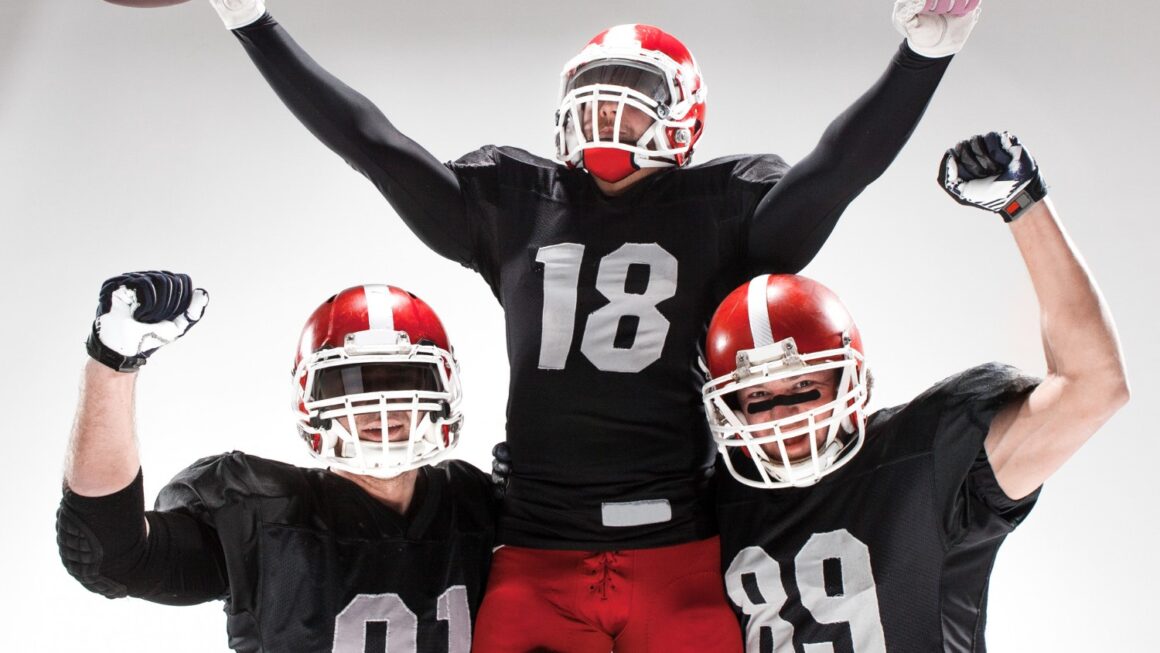Bowling has been a popular sport for many years, and it has evolved significantly over time. One of the most critical aspects of the sport is the bowling ball, which has undergone many changes to help bowlers achieve better scores. In recent years, bowling balls specifically designed for hooking have become increasingly popular, and for good reason.
In this article, we will explore bowling balls for hooking, including what they are, and how they work.
What are Bowling Balls for Hooking?
Bowling balls for hooking are designed to help bowlers achieve more hooks on their shots. Hooking is a technique where the ball is thrown in such a way that it curves toward the pins as it travels down the lane. This is achieved by imparting spin on the ball, which causes it to deflect off the dry boards on the lane and into the oilier part of the lane, where it can hook toward the pins.
Bowling balls for hooking differ from standard bowling balls in a few key ways. First and foremost, they are designed with a specific core that is optimized for hooking. This core is typically asymmetrical, meaning it has a different shape on one side than on the other. This helps to create an imbalance in the ball, which in turn causes it to spin more when thrown.
In addition to the core, bowling balls for hooking also have a coverstock optimized for the lane conditions where hooking is most effective. This coverstock is typically softer and more porous than the coverstock on standard bowling balls, which allows it to grip the lane better and create more friction.
bowling balls for hooking also often have a weight block that is positioned in a specific way to help bowlers achieve the desired hook. This weight block can be positioned at different angles and distances from the ball’s center of gravity, depending on the bowler’s preferences and the lane conditions.
How Does a Bowling Ball for Hook Work?
A bowling ball for hook works by creating a rotation on the ball as it is thrown down the lane. This rotation is achieved through the use of different weight distributions, core shapes, and surface textures. The weight distribution of a hook ball is typically asymmetrical, meaning that it has a heavier side and a lighter side. This asymmetrical design causes the ball to spin around its axis as it moves down the lane. The heavier side of the ball will create a greater amount of torque and spin, resulting in a greater degree of hook.
In addition to the weight distribution, the core shape of a hook ball is also crucial in creating the desired rotation. The core of the ball is the central part that determines the ball’s weight and overall shape. The core shape of a hook ball is usually asymmetrical, meaning that it has an irregular shape that is not symmetrical around its axis. This rough shape creates an imbalance in the ball’s weight distribution, which helps to generate more spin and hook.
The surface texture of a hook ball is also important in creating the desired hook. The surface of the ball can be either polished or textured, and this can affect the amount of friction between the ball and the lane surface.




